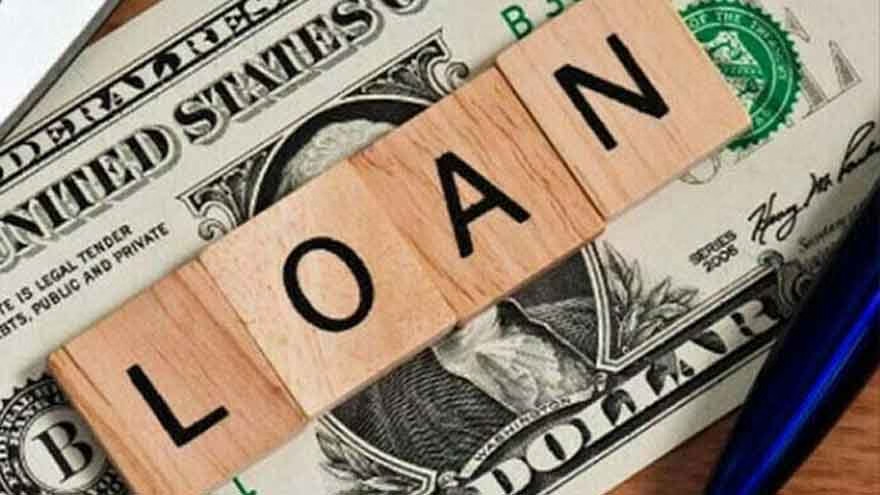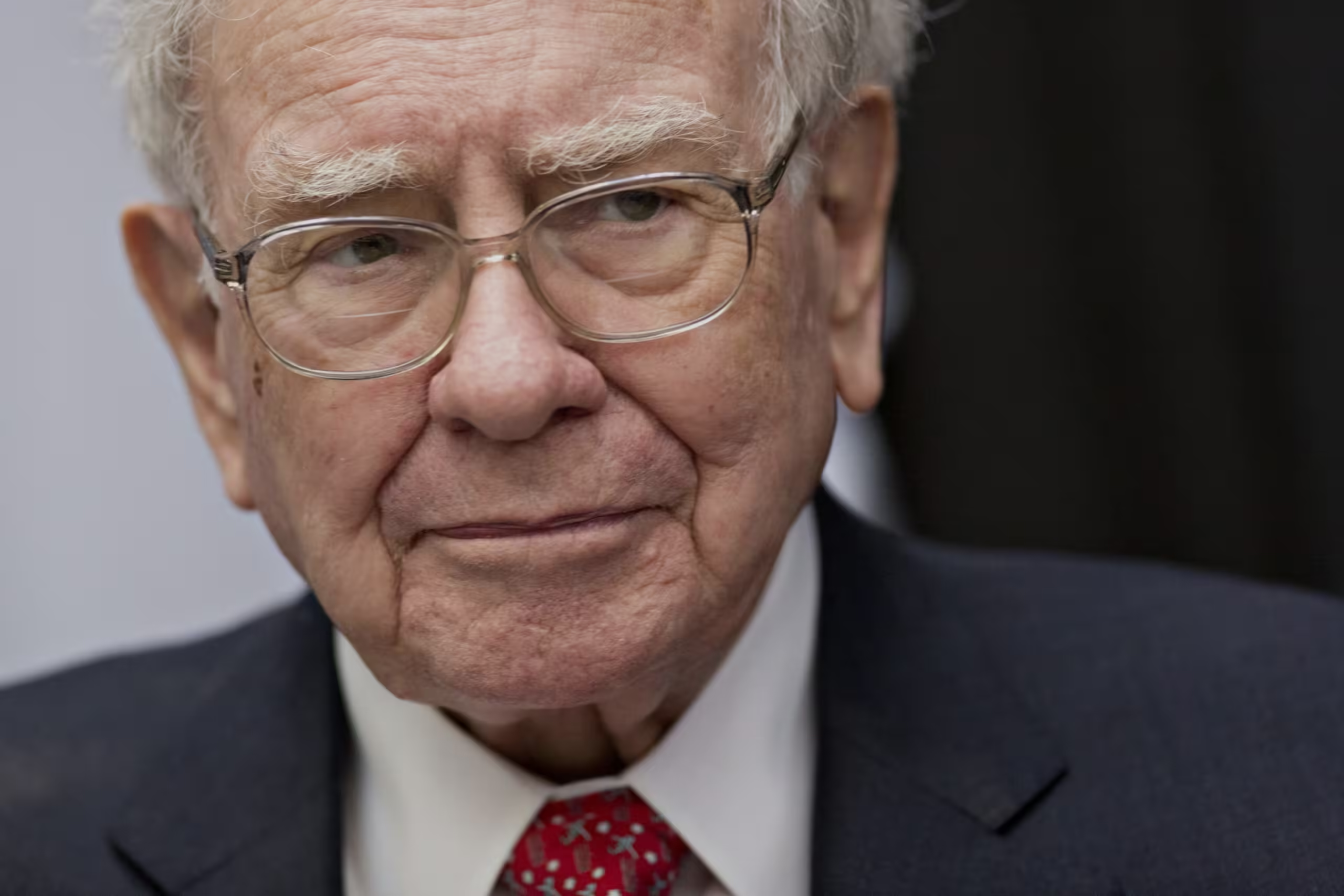U.S. job growth slowed dramatically in August, with nonfarm payrolls rising by just 22,000 jobs and the unemployment rate climbing to 4.3%, its highest level since October 2021. The weak labor data has strengthened expectations for a Federal Reserve interest rate cut later this month.
Sharp Slowdown in Hiring
The Labor Department’s report showed that job creation has been weakening since April. June data was revised to show a 13,000 job loss, the first decline in more than four years, instead of the previously reported 14,000 gain. Job growth has averaged 29,000 per month over the past three months, compared with 82,000 during the same period last year.
Economists cited President Donald Trump’s tariff policies, immigration crackdowns, and government spending cuts as key drags on hiring.
“The economy is skating as close to the edge of recession as you can get,” said Christopher Rupkey, chief economist at FWDBONDS. “Companies are hunkering down and refusing to hire.”
Sector Trends
- Healthcare added 31,000 jobs, below its 12-month average of 42,000.
- Social assistance employment rose by 16,000.
- Federal government payrolls fell by 15,000 in August and are down 97,000 since January.
- Manufacturing lost jobs for the fourth straight month, reflecting tariff impacts.
- Declines were also seen in wholesale trade, information, financial services, construction, and professional/business services.
Wages and Hours
Wages remain a relative bright spot: average hourly earnings rose 0.3% in August and 3.7% year-on-year. However, a drop in hours worked has raised concerns about overall growth.
“With the August data in hand, private hours worked look to be contracting at about a 0.5% annual rate this quarter,” said Michael Feroli, chief economist at J.P. Morgan.
Political and Policy Fallout
President Trump has criticized Fed Chair Jerome Powell for keeping interest rates high, writing on Truth Social that Powell was “too late” to cut. Trump also recently fired BLS commissioner Erika McEntarfer, accusing her of data manipulation after weak revisions. His pick to replace her, E.J. Antoni, has drawn criticism from economists for lacking qualifications.
Meanwhile, a U.S. appeals court ruling that many tariffs are illegal has added to business uncertainty.
Market Reaction and Fed Outlook
Financial markets are betting on a quarter-point Fed rate cut at the September 16–17 meeting, with two more reductions expected before year-end. Following the jobs report:
- Stocks on Wall Street fell.
- Treasury yields declined.
- The dollar weakened against major currencies.
The unemployment rate ticked up from 4.2% in July, with the household survey showing 436,000 people entered the labor force, but only 288,000 found jobs. Long-term unemployment rose, with the average jobless spell lengthening to 24.5 weeks, the longest since April 2022.
“The labor market has hit stall speed,” said Nicole Cervi, economist at Wells Fargo.



